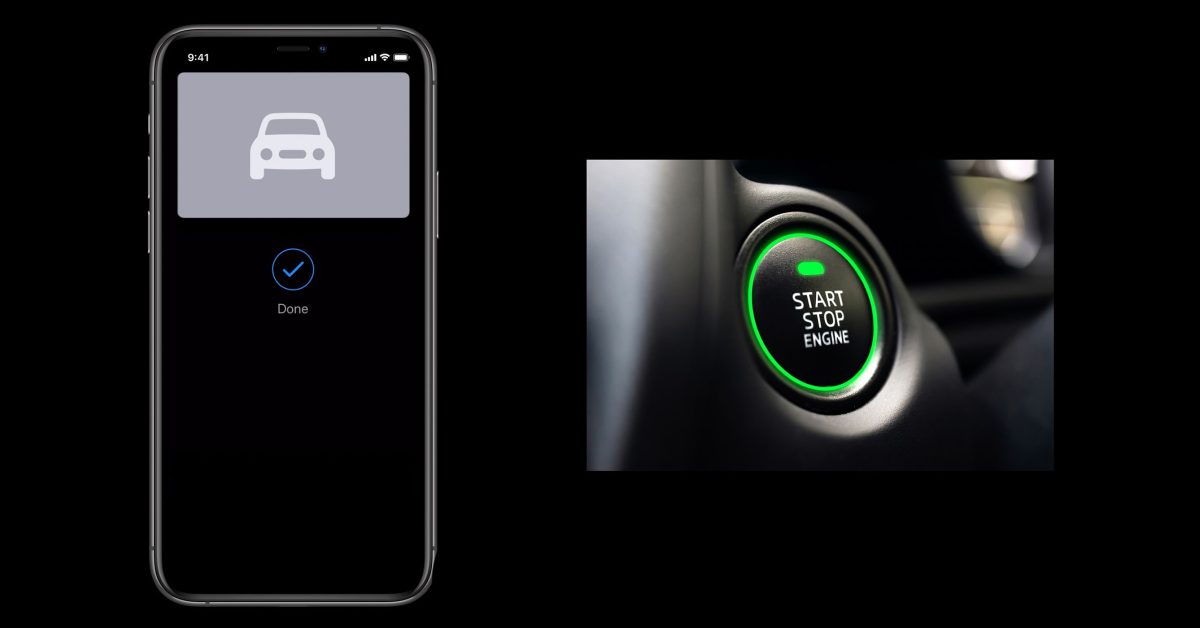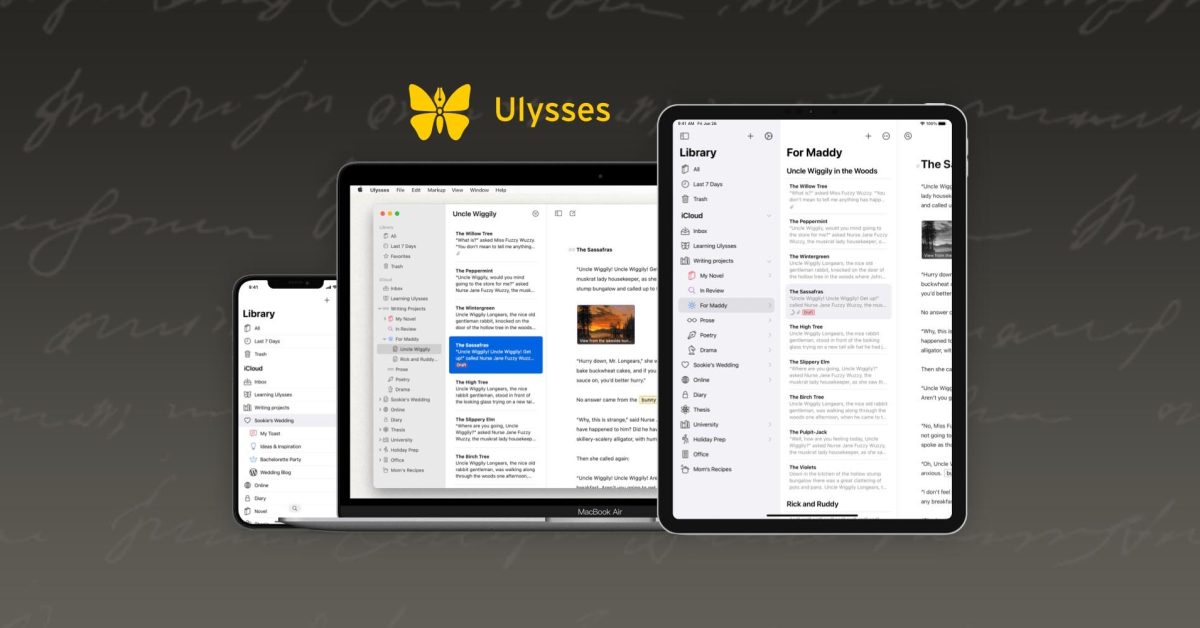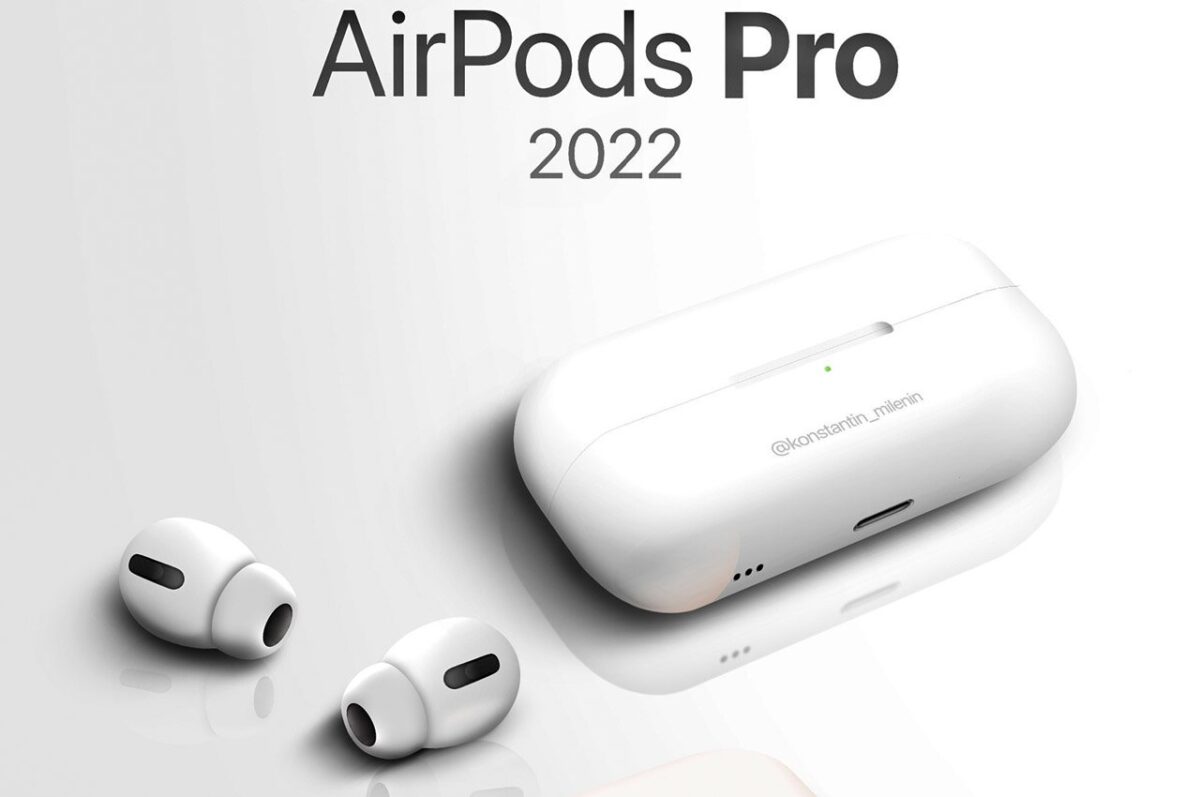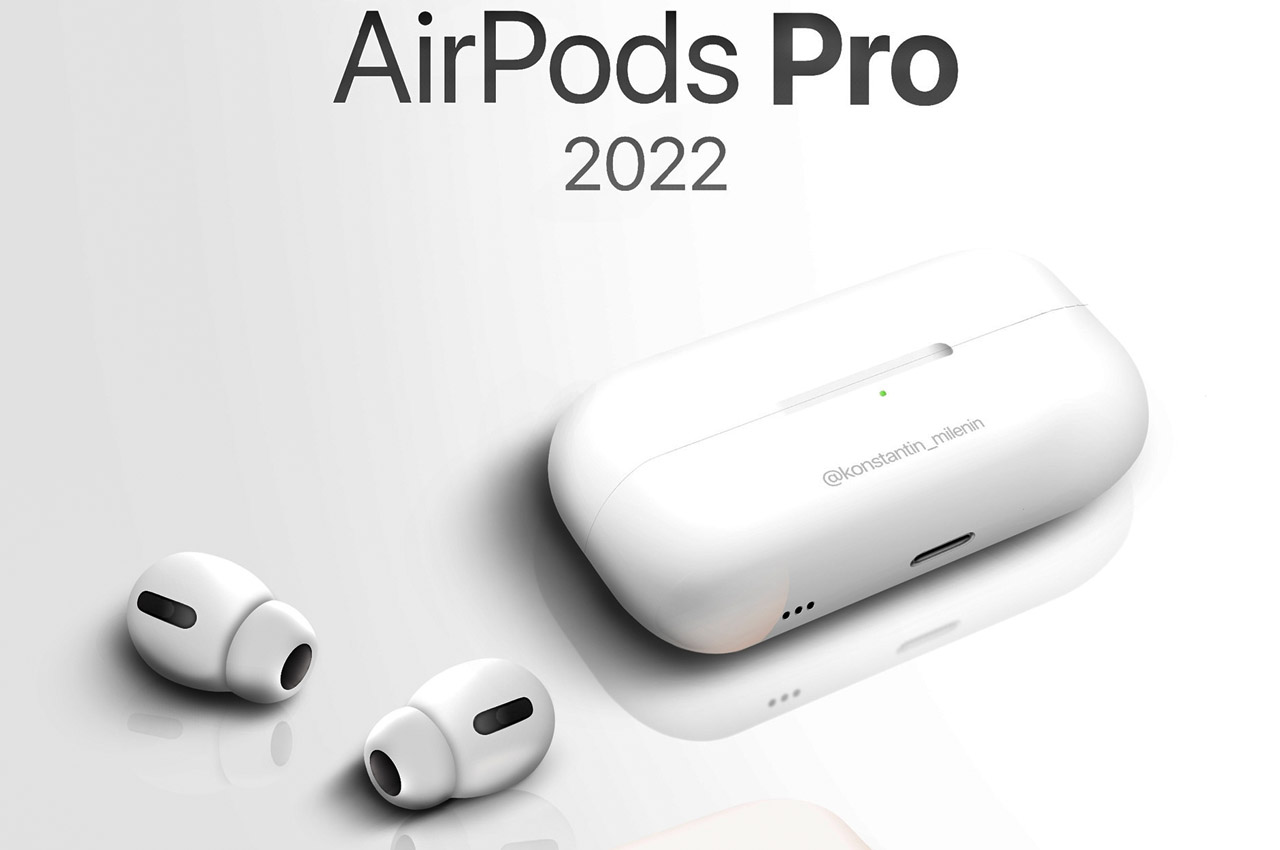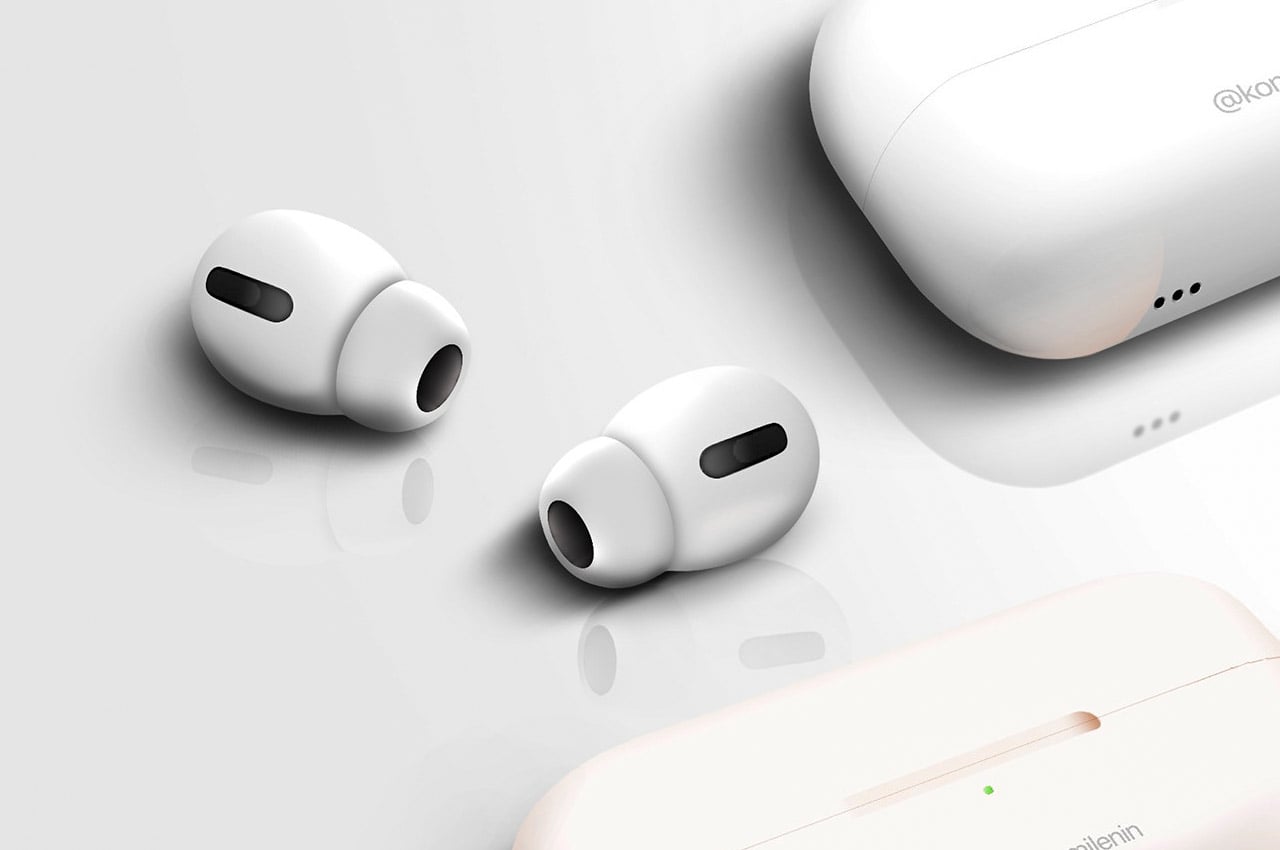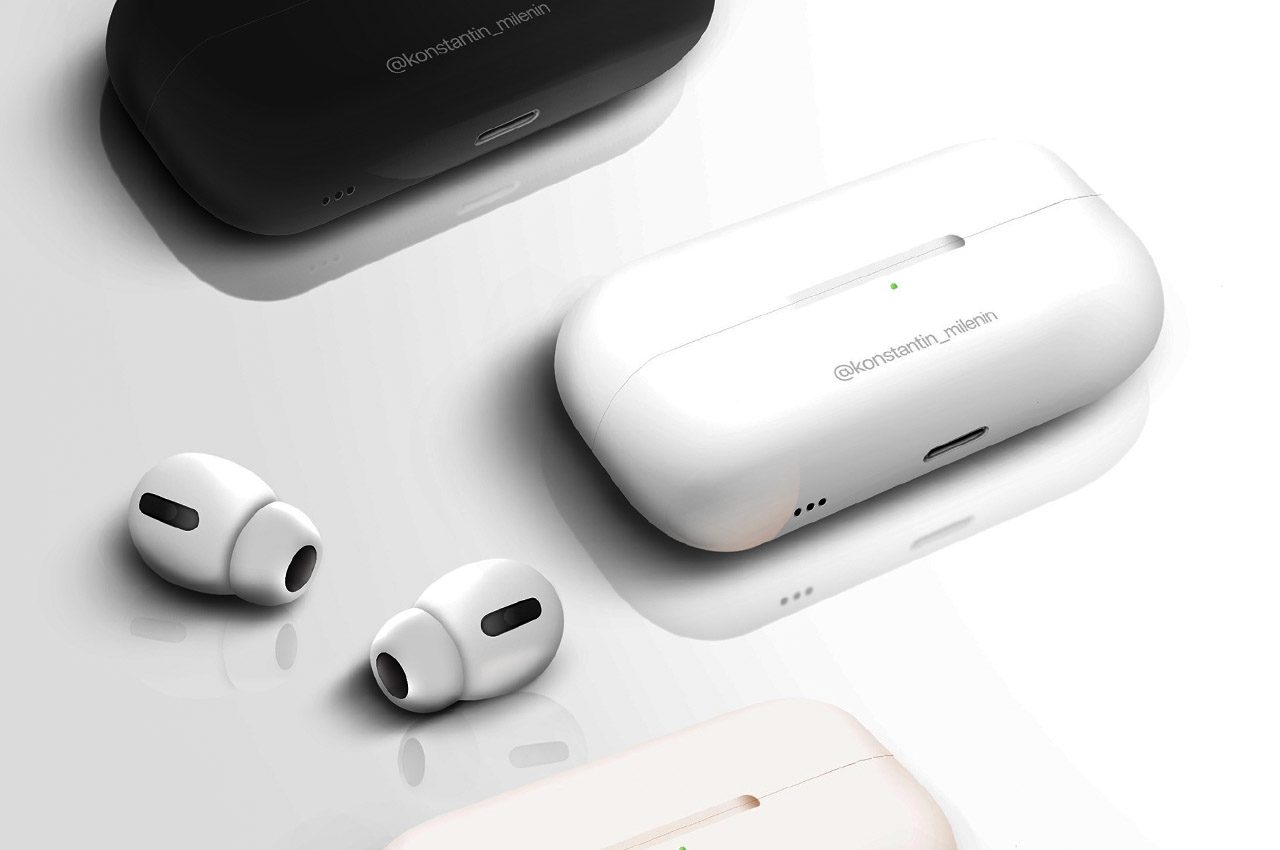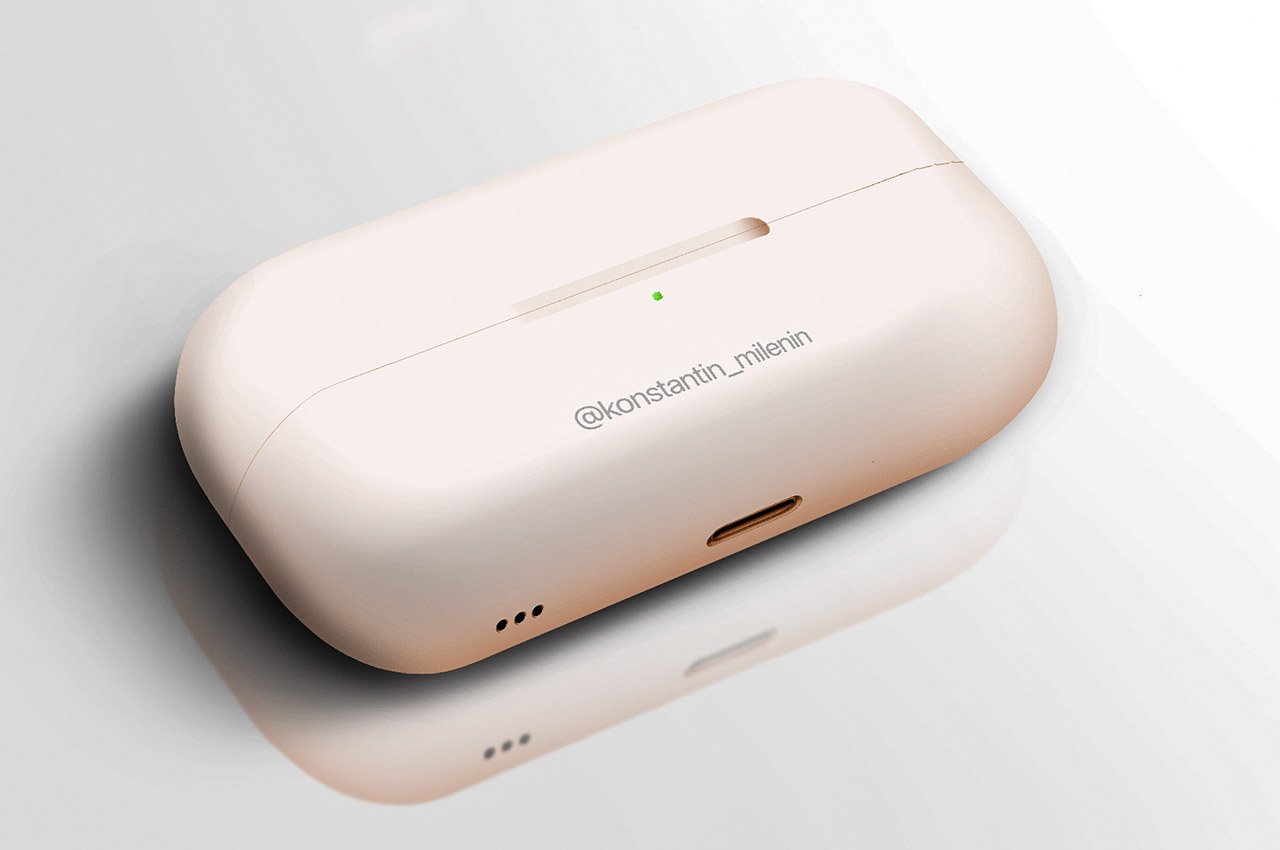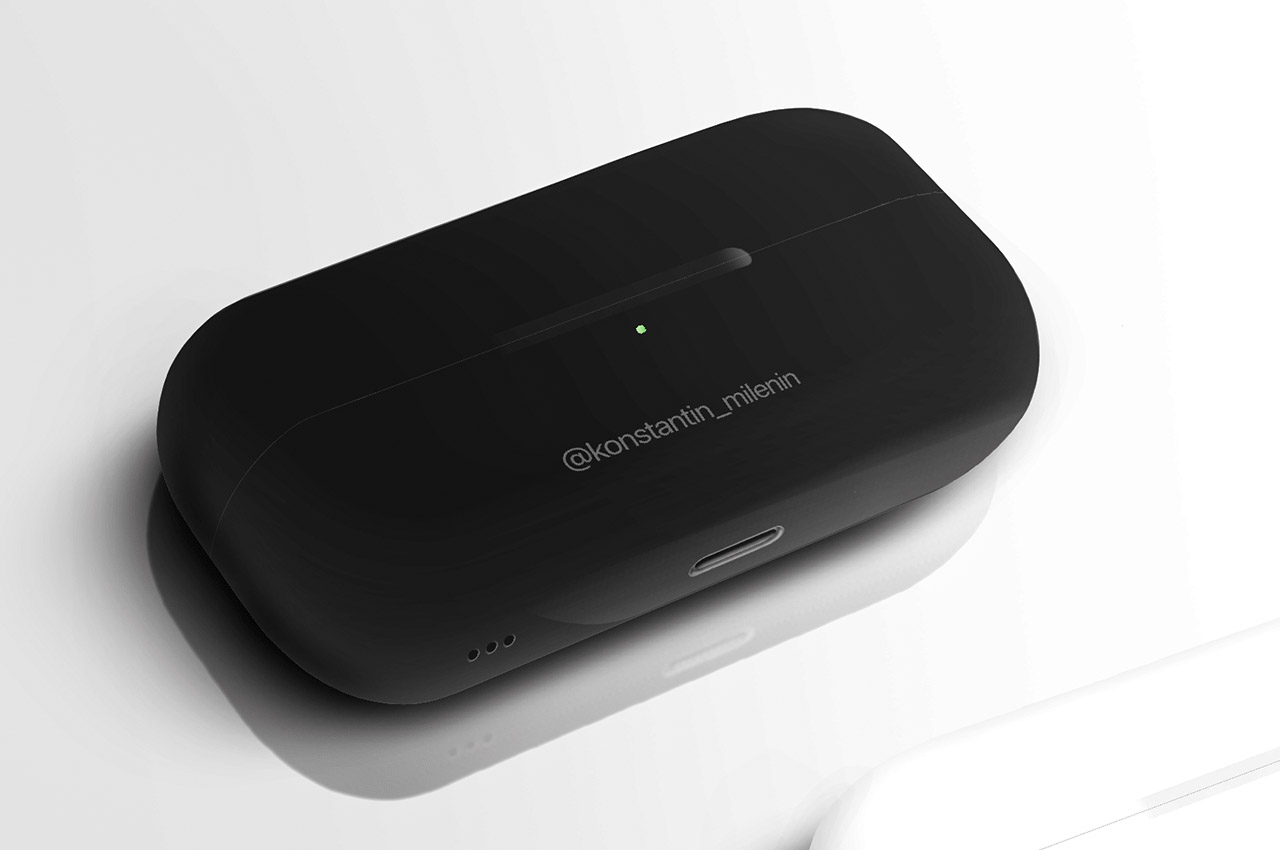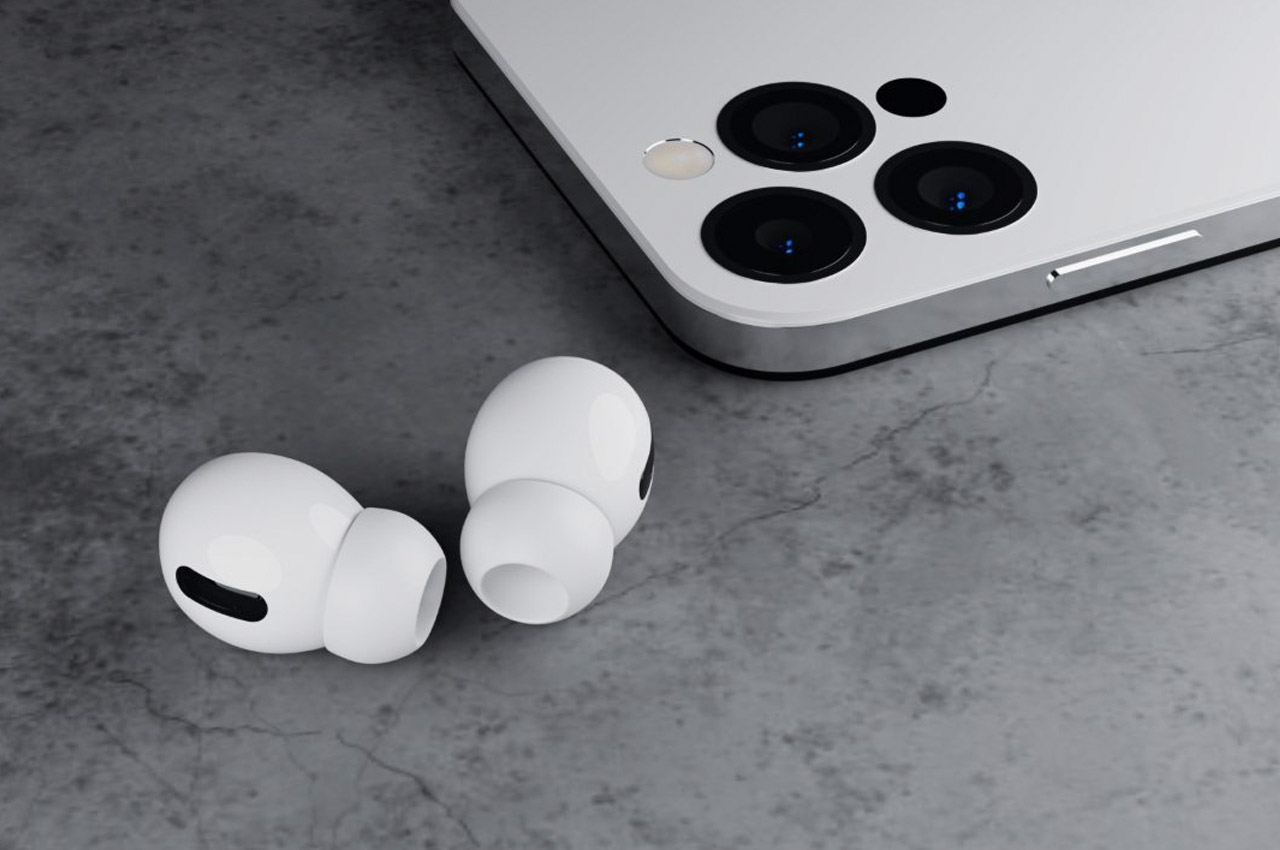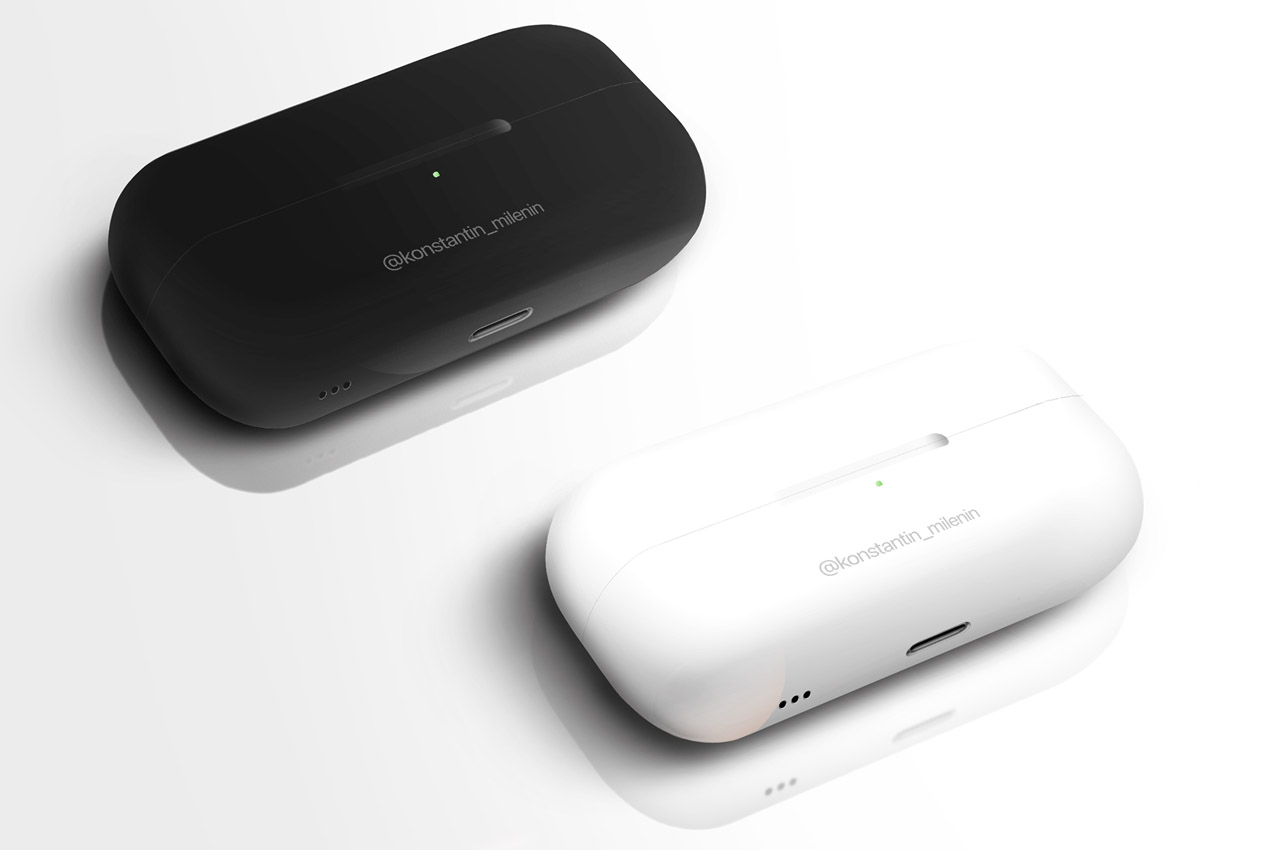Apex Legends’ newest playable hero, Newcastle, is a departure from earlier Legends in two areas: First, that he’s a defensive Legend, a type currently outnumbered 2:1 by offensive types on the Apex roster. And second, that the defense he supplies is less about his personal protection, and more about keeping his team safe.
Devan McGuire, a Respawn Entertainment designer responsible for Newcastle’s kit, explained in a media deep dive last week that Newcastle evolved from a prototype the team had sketched out in 2020, realizing that their lineup didn’t have many defensive types. But that kit, called Axiom, stayed on the drawing board because developers felt “it was a pretty selfish kit overall, and didn’t really take into account any of the team aspects.”
But when the writing team reached out about their plans to bring in Jackson Williams, the brother of Bangalore, as a playable character, McGuire spotted an opportunity to rework that Axiom Legend kit, and infuse it with a little more purpose.
“Jackson was meant to be more of a protector to his family, to his squad, bring them home,” McGuire said. “And that aspect of valor and heroism, from that protector, mixed with the shielded elements of the kit that was on the table, created this fantasy that really, really clicked, and the idea of a knight in Apex was something that we realized just made so much sense.”
All of that informs the Passive, Tactical, and Ultimate skill that Newcastle brings to the Apex Games. Fans have already seen the Stories from the Outlands cinematic explaining Jackson Williams’ personal background and how he adopted the mantle of Newcastle, and why he’s in the arena. McGuire’s preview session explained what he’ll be doing there.
“This guy needed to be someone who could leap into the fray, heroically, to protect the squad,” McGuire said. “He’s somebody who’s gonna lead that charge, shield their advance, and he’s gonna be a guy who would leave no man behind.”
With that in mind, Respawn’s designers started with Newcastle’s passive, called Retrieve the Wounded. That’s the wrist-mounted Revive Shield he carries, which can protect himself and a teammate from incoming fire while he revives them. Retrieve the Wounded goes a step further by allowing Newcastle to drag the downed teammate as they are being revived, moving both to better cover if it’s available.
“Being able to pull your teammates out of the fire and into cover, as you revive them, has huge potential,” McGuire said. “No other character could do that in Apex. And the shield that you have to protect them with gives you the confidence to make those plays, to take those risks, not just throw yourself out there and not be able to do anything while you’re getting shot at.”
In-game, the Revive Shield is powered by the personal Knockdown Shield that Newcastle carries, which means Newcastle players who find higher-level Knockdown Shields out in the playing field will ramp up their passive’s effects commensurately. “We found that this actually breathed a lot of new life into an underused and underappreciated item in the game, as a loot item,” McGuire said. For a squad with Newcastle on it, “pinging that is very important; you can invest in your potential safeguards in the future.”
Newcastle’s Tactical ability is his Mobile Shield. This energy field is movable and highly effective cover. McGuire touted its tactical versatility, from helping players advance together, safely; to covering a retreat; to warding off a surprise flanking maneuver.
“While it’s out in the open, Newcastle can press this tactical button again to redirect its position to a new position on the map,” McGuire explained. “that means you can turn a corner within a building, you can pull back, if you’re out in the open and need to retreat back to cover, or third-party kind of shows up on the fly, you can rotate the shield around to defend that open flank.” Because the Mobile Shield is energy based, it deflects fire but allows the team to charge through it.
The Mobile Shield is destructible, in a way, in that it has a top and bottom half that can be brought down separate from each other. “[That gives] some situational choice for opponents who feel they need to burn down the shield to get to Newcastle,” McGuire said. “So you can burn down the top, and go for those head and body shots, or you can burn the bottom and go for those exposed legs, which will do less damage overall, but [they] might be forced to abandon the shield out in the open.”
Finally, Newcastle’s Ultimate, Castle Wall, is where the writers’ leaping-into-the-fray motivation and personality for Newcastle really manifests. With the Ultimate, players can jump great distances and then powerslam Newcastle’s shield into the ground, bringing up a massive energy barrier that knocks back enemies. Additionally, if they try to push through it, they are slowed and take damage in doing so.
But it’s that leaping ability that really expresses Newcastle as a character, McGuire said. “When you bring that helmet visor down, and you pull up the Ultimate, you have this auto-locking mechanic on your allies,” he said. “You can put a lock onto them, provided they’re not buried in a bunker or something.” Leaping to a target-locked teammate gives Newcastle’s jumps more height and more distance.
“You can imagine a character being out in the open […] you can react to that, rescue them, come in there and give them a fighting chance to get them back in the game, and that’s what that heroic Saviors movie is all about,” McGuire said, referencing the lore trailer for Season 13 that dropped last week.
Newcastle will be the fifth defensive Legend (to nine offensive) and McGuire said he straddles a line with the two support-class Legends: Lifeline and Loba. McGuire and the designers felt this kind of roster imbalance made Season 13 the right time to bring a versatile, defense-oriented hero to the game, to keep players engaged with something other than an assault specialist.
“Maybe the Internet has seen some of these prototypes that explore into [new] spaces, see the roster that’s on the table, see the offensive Legends that exist, and we want to bring [Defensive and Support] class structures up,” McGuire said later. “We want to have players that are going to play in those fields. This is our first step to addressing that particular problem overall.”
Newcastle will be available when Season 13: Saviors launches on May 10, and is unlockable from the base game with digital currency, either 12,000 Legend Tokens (earned in-game), or 750 Apex Coins, which can be acquired in a $9.99 bundle of 1,000, the smallest amount sold in the game.
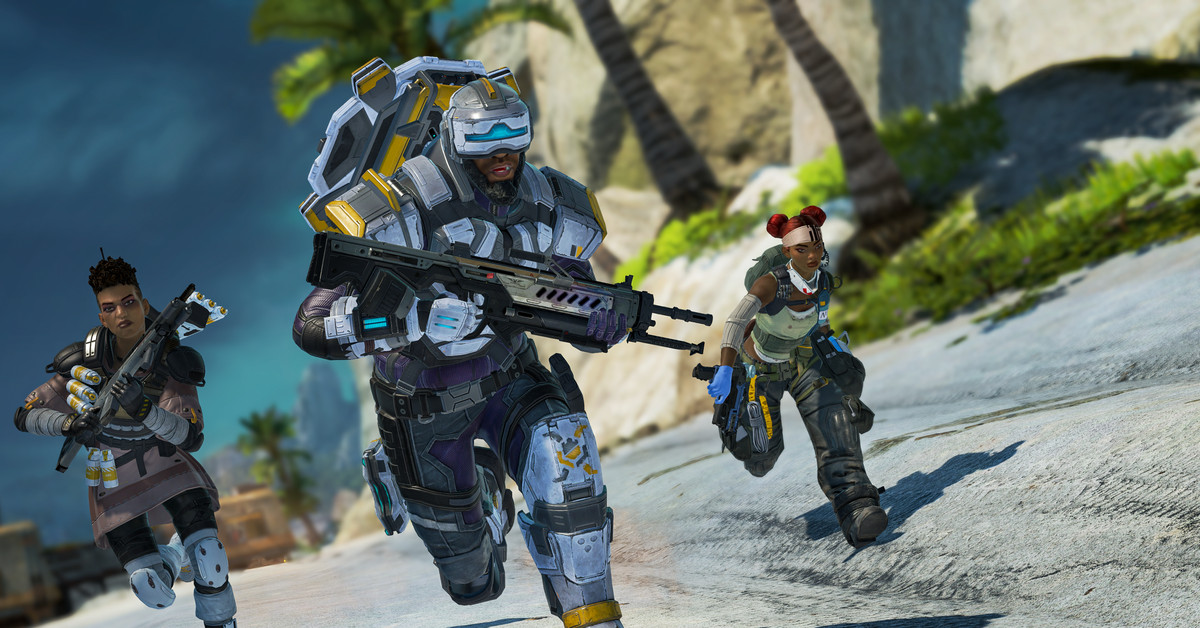

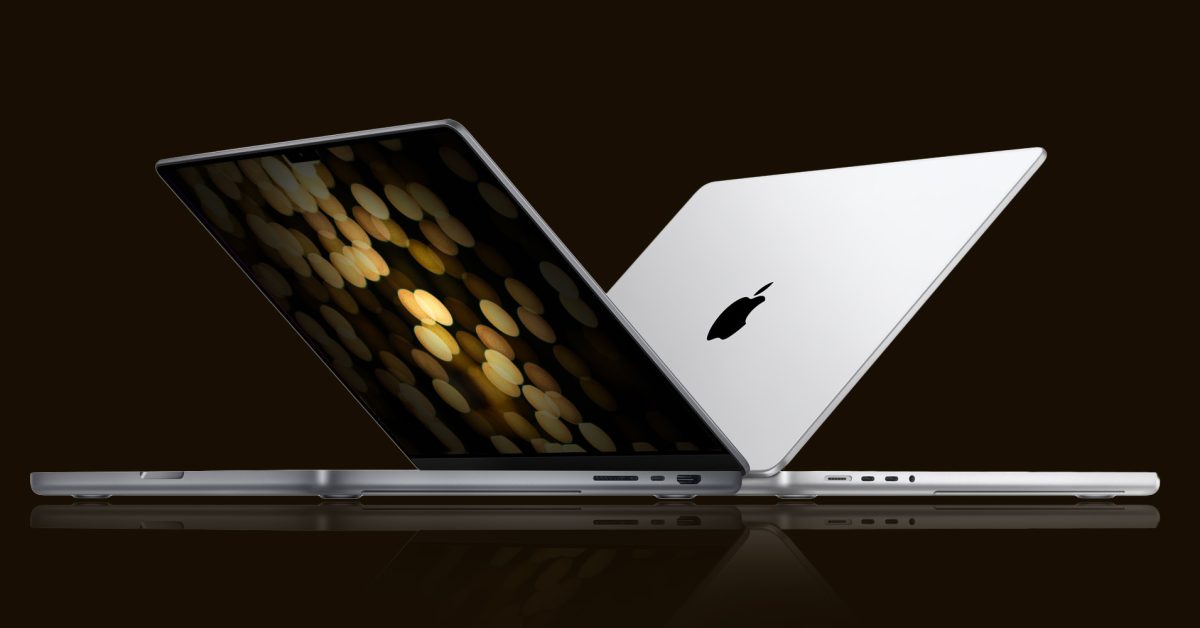
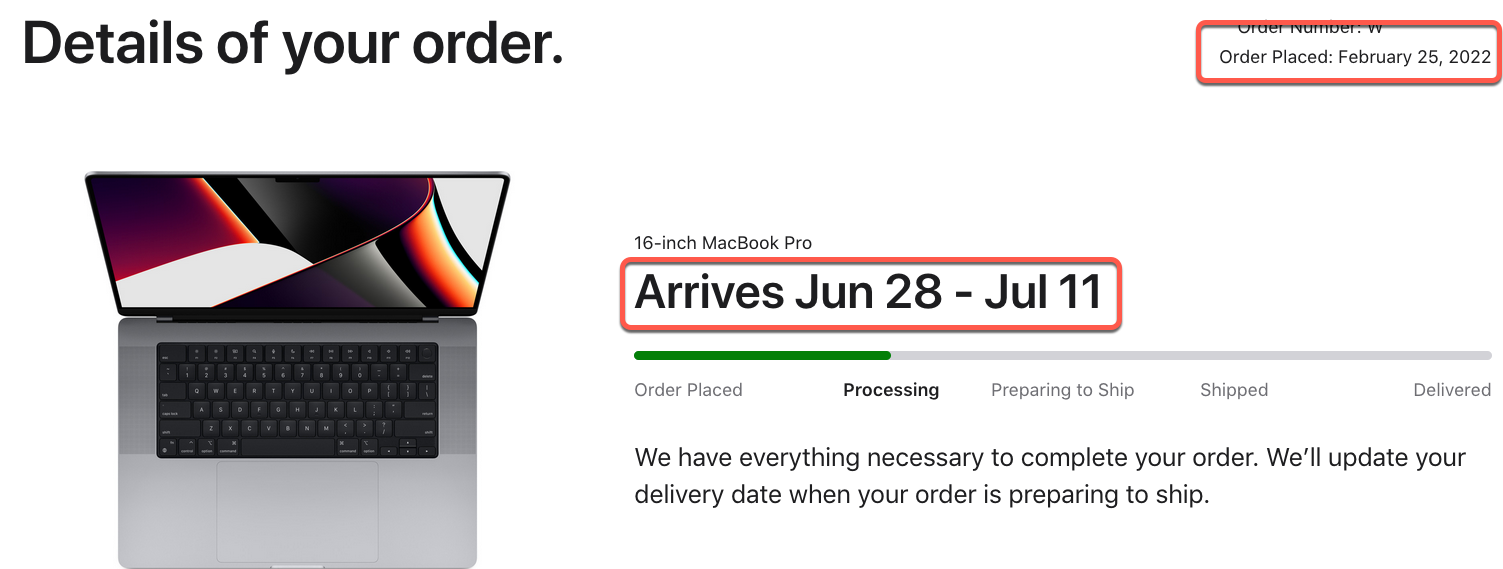
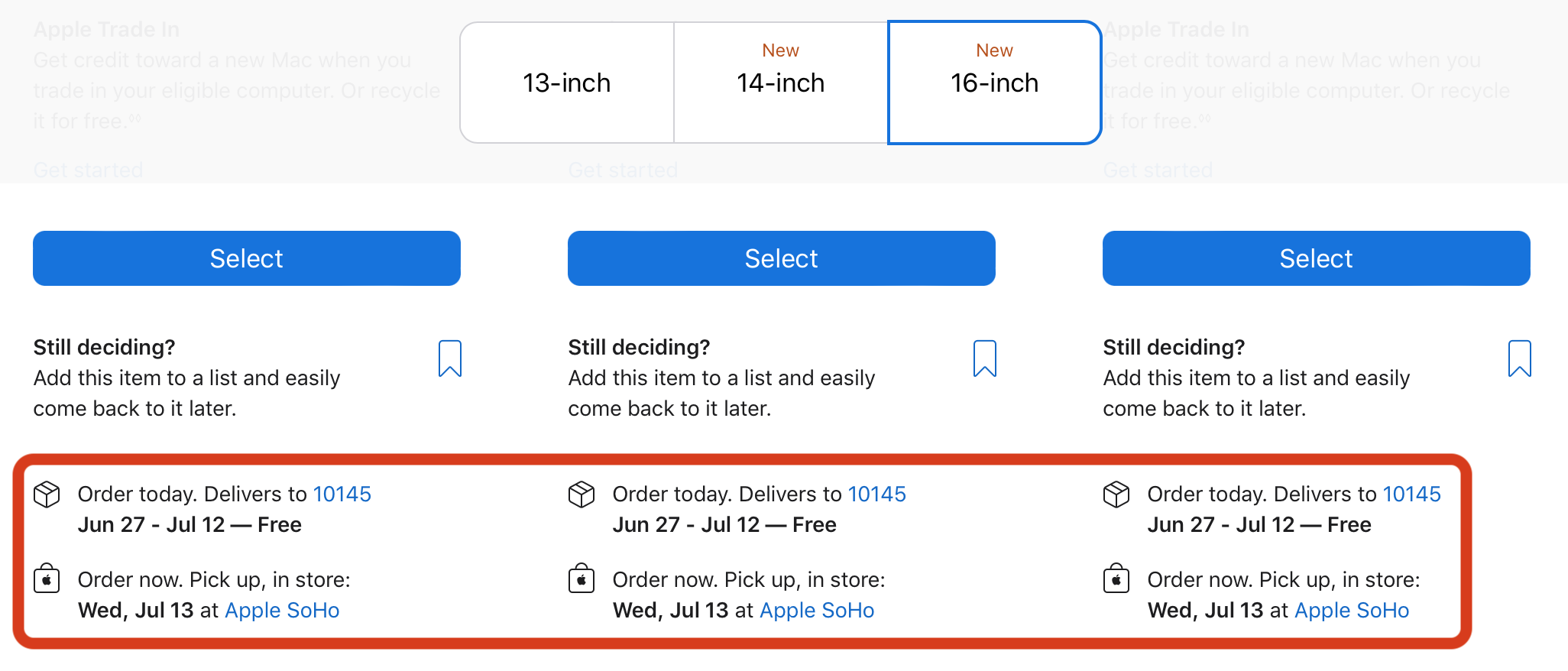
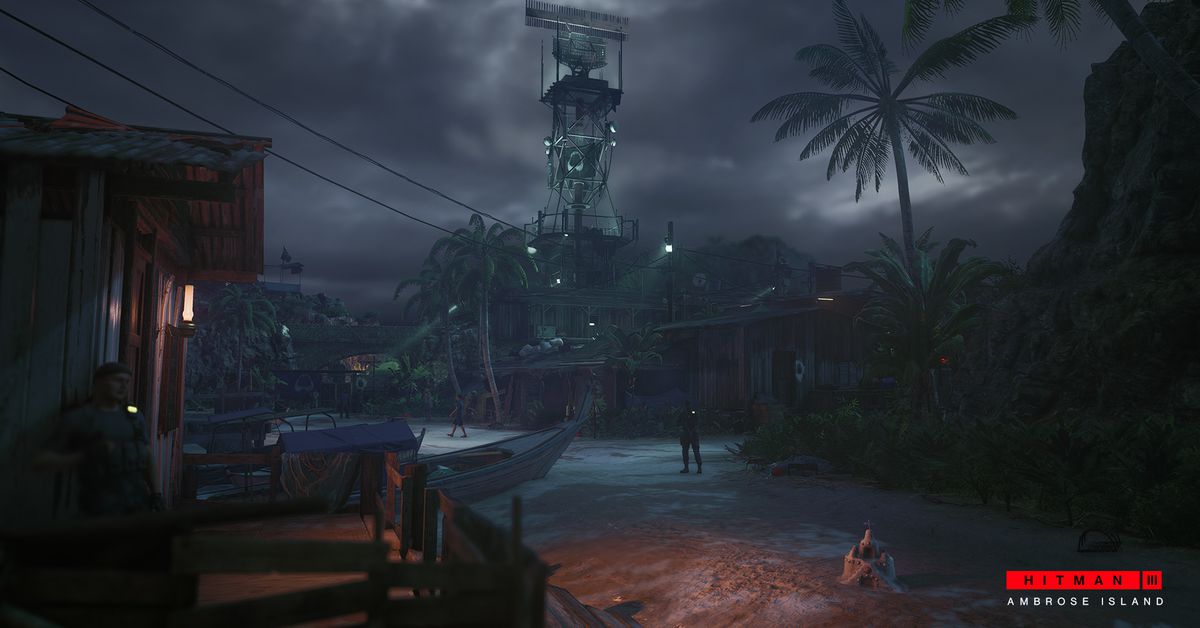
:no_upscale()/cdn.vox-cdn.com/uploads/chorus_asset/file/23438623/HITMAN3_Y2_May_Roadmap.jpg)
